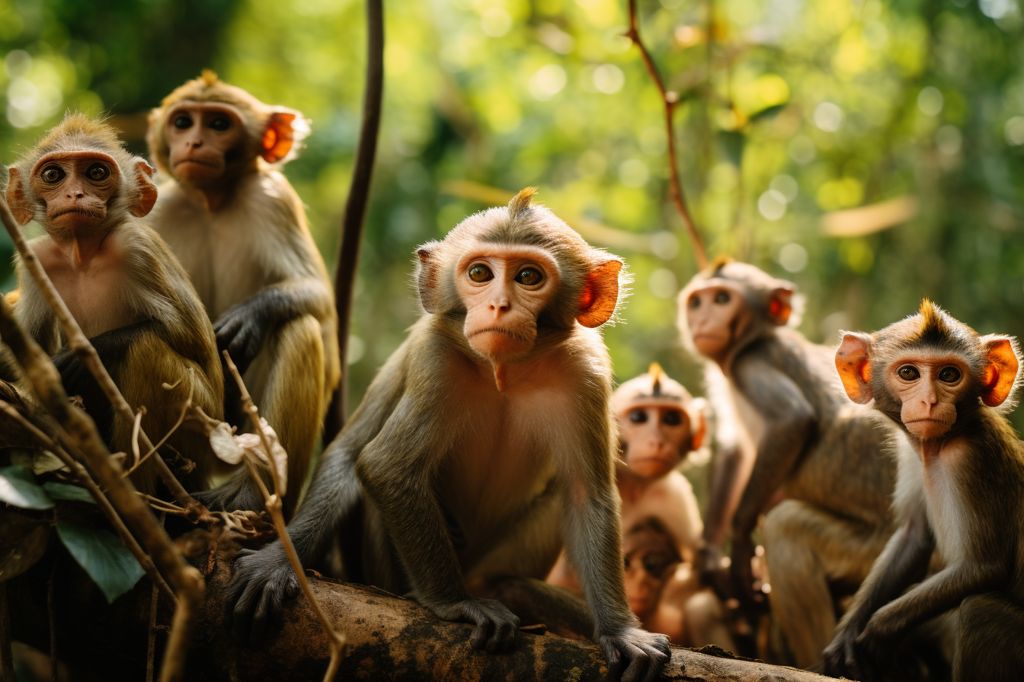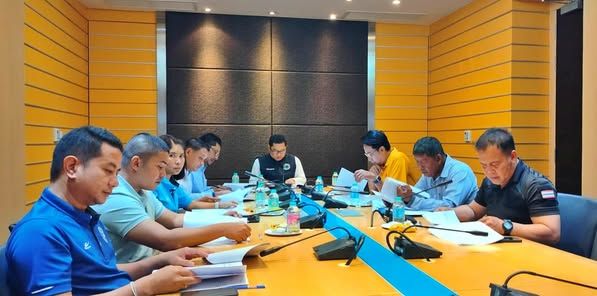Phu Kradueng National Park
Phu Kradueng National Park is one of three newly designated ASEAN Heritage Parks (AHPs) in Thailand. Known for its rare plant species, such as bloomrapes (orobanchaceae), and white and red roses, the park also serves as home to many endangered and protected wildlife animals. Some of the notable species found within its boundaries are the serow, Java pangolin, elongated tortoise, and lar gibbon.
Phu Khieo Wildlife Forest Reserve and Nam Nao National Park
The Phu Khieo Wildlife Forest Reserve and Nam Nao National Park were also added to the list of AHPs in Thailand. These parks boast unique geological features, such as limestone caves that house rare plants and animals. Among the rare species found in these areas are marbled cats, Indian hog deer, and clouded leopards.
In addition to their ecological value, these parks have deep cultural and traditional significance for local communities. Locals celebrate important occasions within the parks, such as the Bun Bang Fai rocket festival and Buddha image bathings.
Previous ASEAN Heritage Parks in Thailand
Before the inclusion of these three sites, Thailand already had several parks listed as AHPs:
- Khao Yai National Park
- Tarutao National Park
- Mu Koh Surin-Mu Koh Similan-Ao Phangnga National Parks
- Kaeng Krachan Forest Complex
- Hat Chao Mai National Park-Mu Koh Libong Non-hunting Area
- Mu Koh Ang Thong National Park
- Khao Sok National Park
The addition of Phu Kradueng National Park, Phu Khieo Wildlife Forest Reserve, and Nam Nao National Park brings the total number of AHPs in Thailand to ten. The Ministry of Natural Resources and Environment was informed of the latest listings during the 34th Meeting of ASEAN Senior Officials on Environment in Indonesia.
Protecting Biodiversity and Cultural Heritage
The ASEAN Heritage Parks program aims to protect and preserve areas of exceptional natural and cultural value within the region. By recognizing these parks, ASEAN countries commit to promoting collaboration, exchanging experiences and best practices, and enhancing public awareness of the importance of preserving biodiversity and cultural heritage. The inclusion of these three new parks demonstrates Thailand’s ongoing commitment to ecological conservation and cultural preservation.




